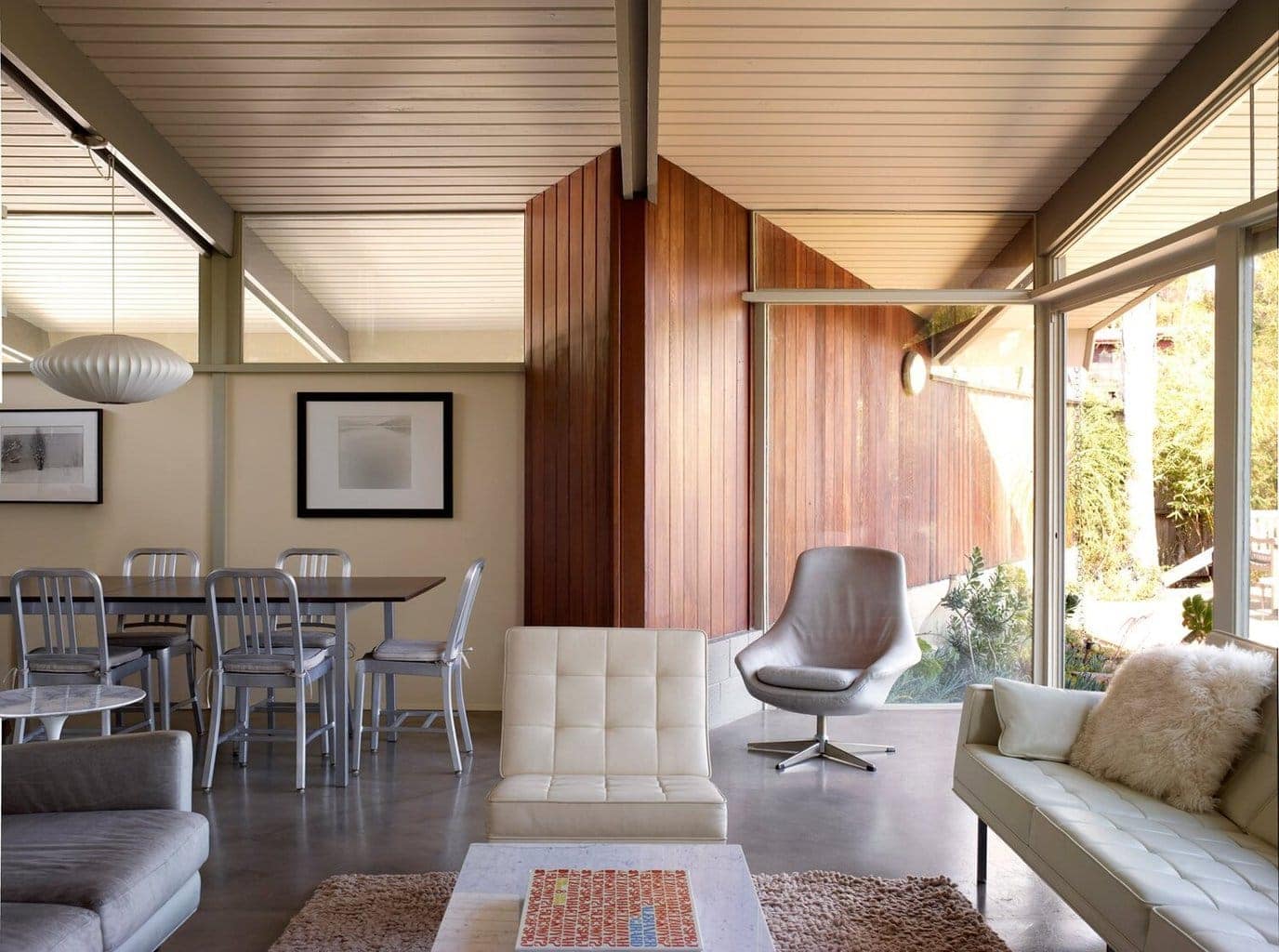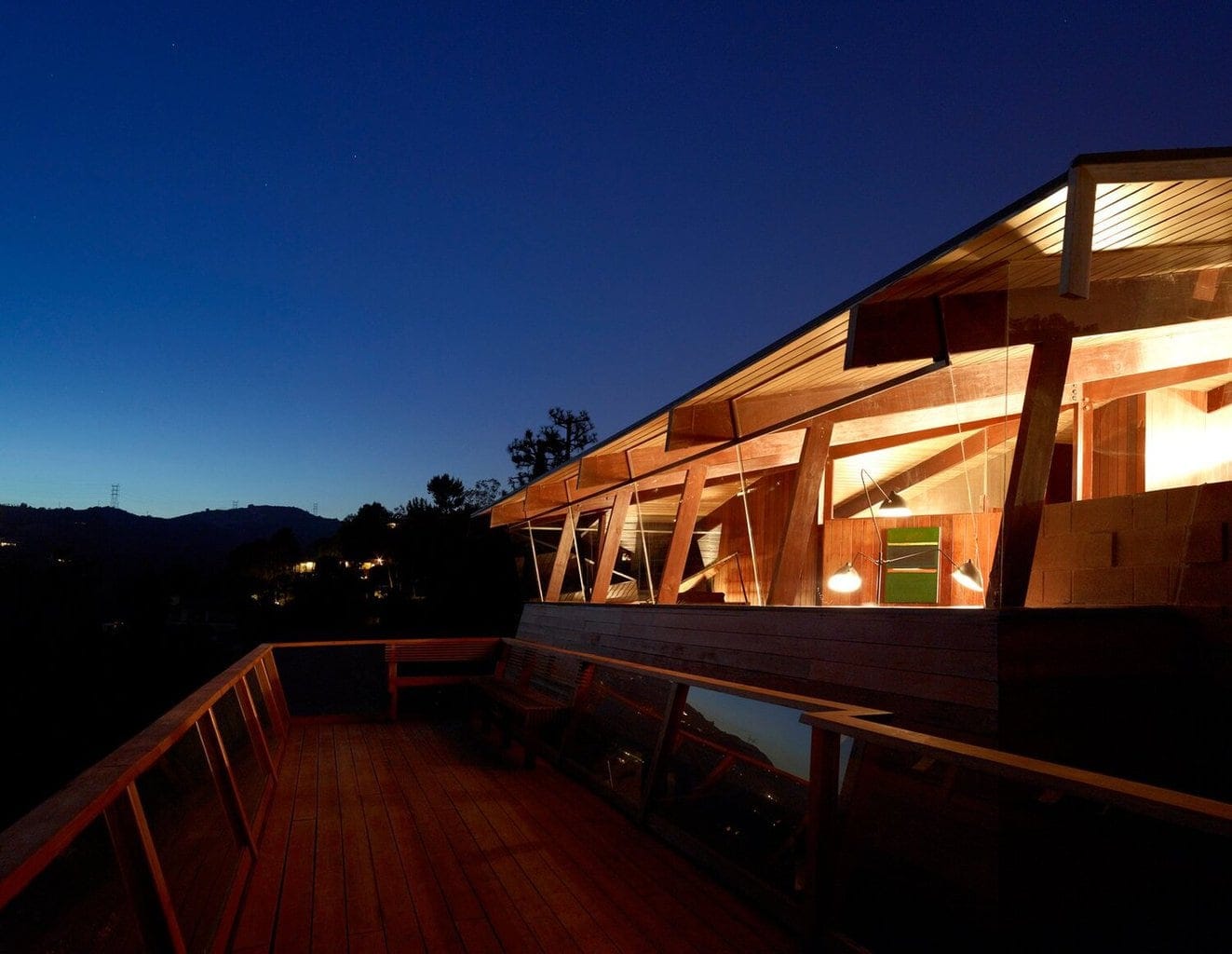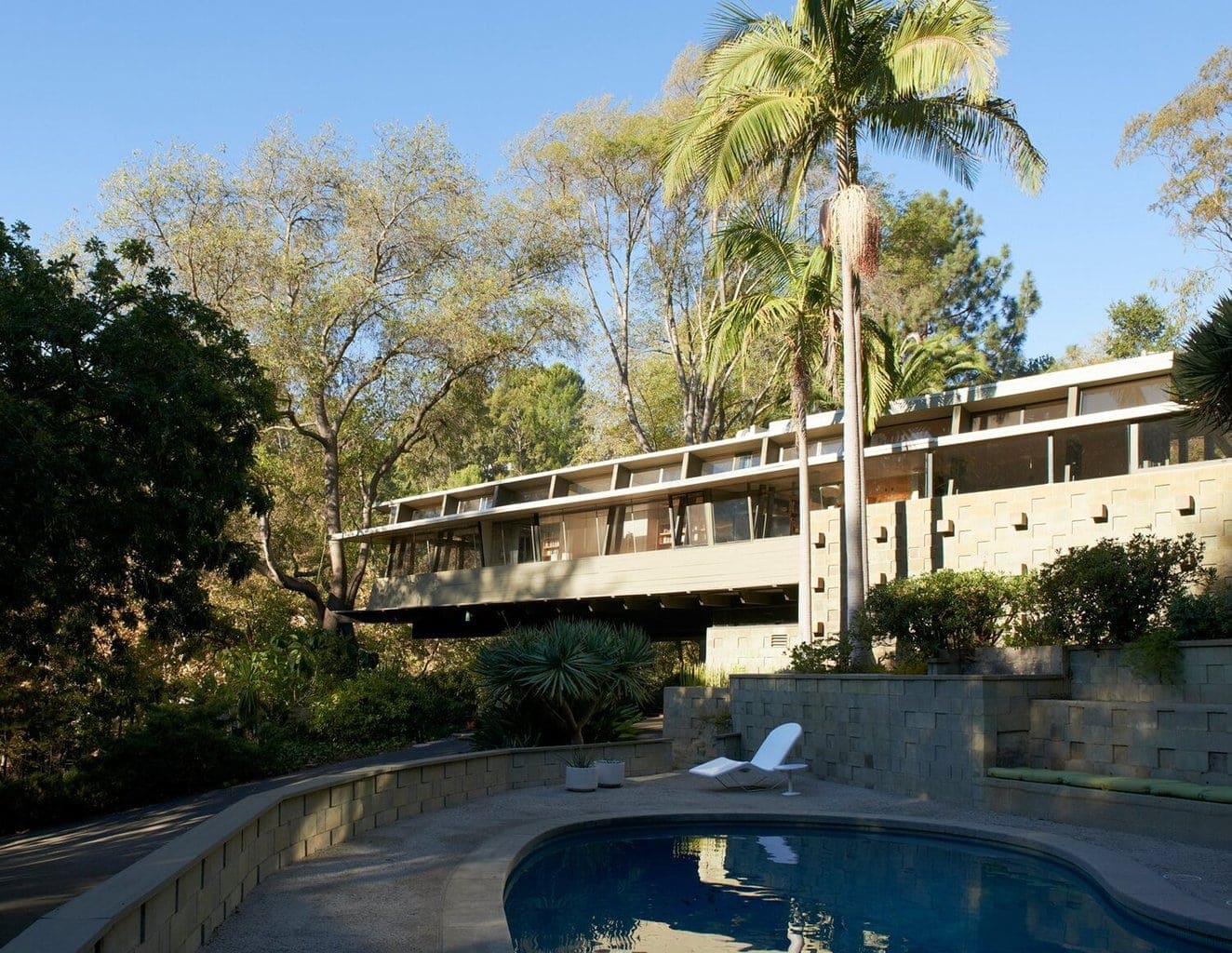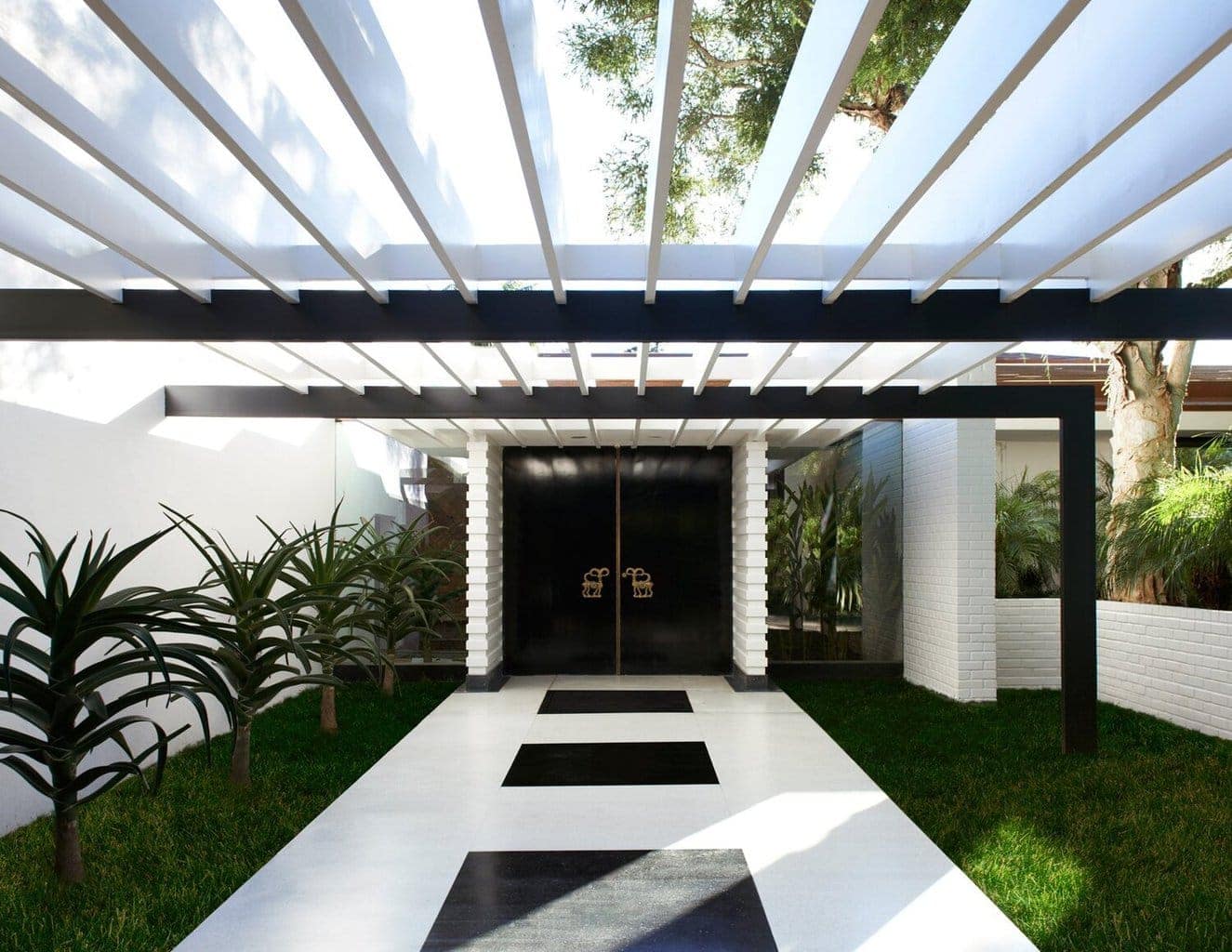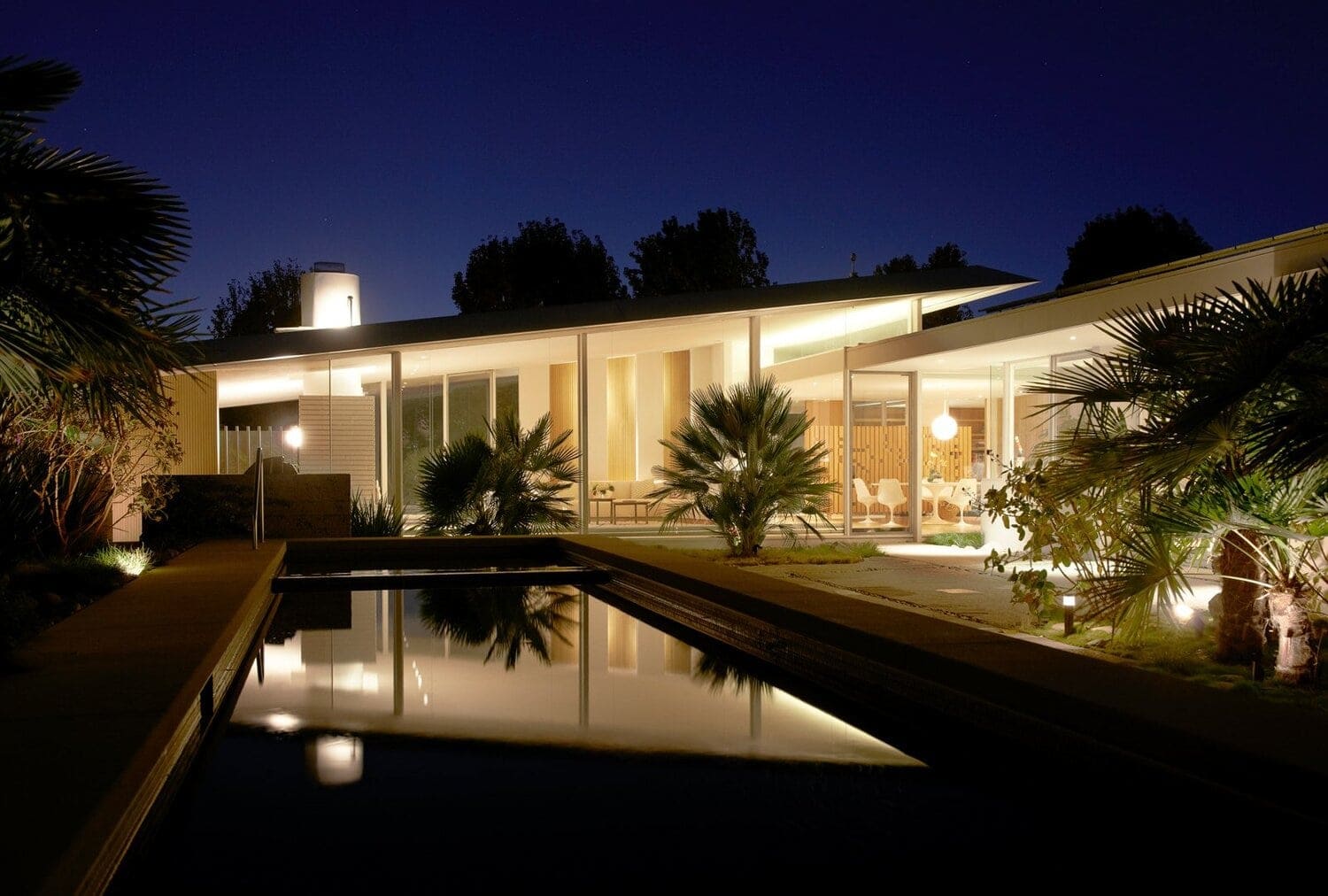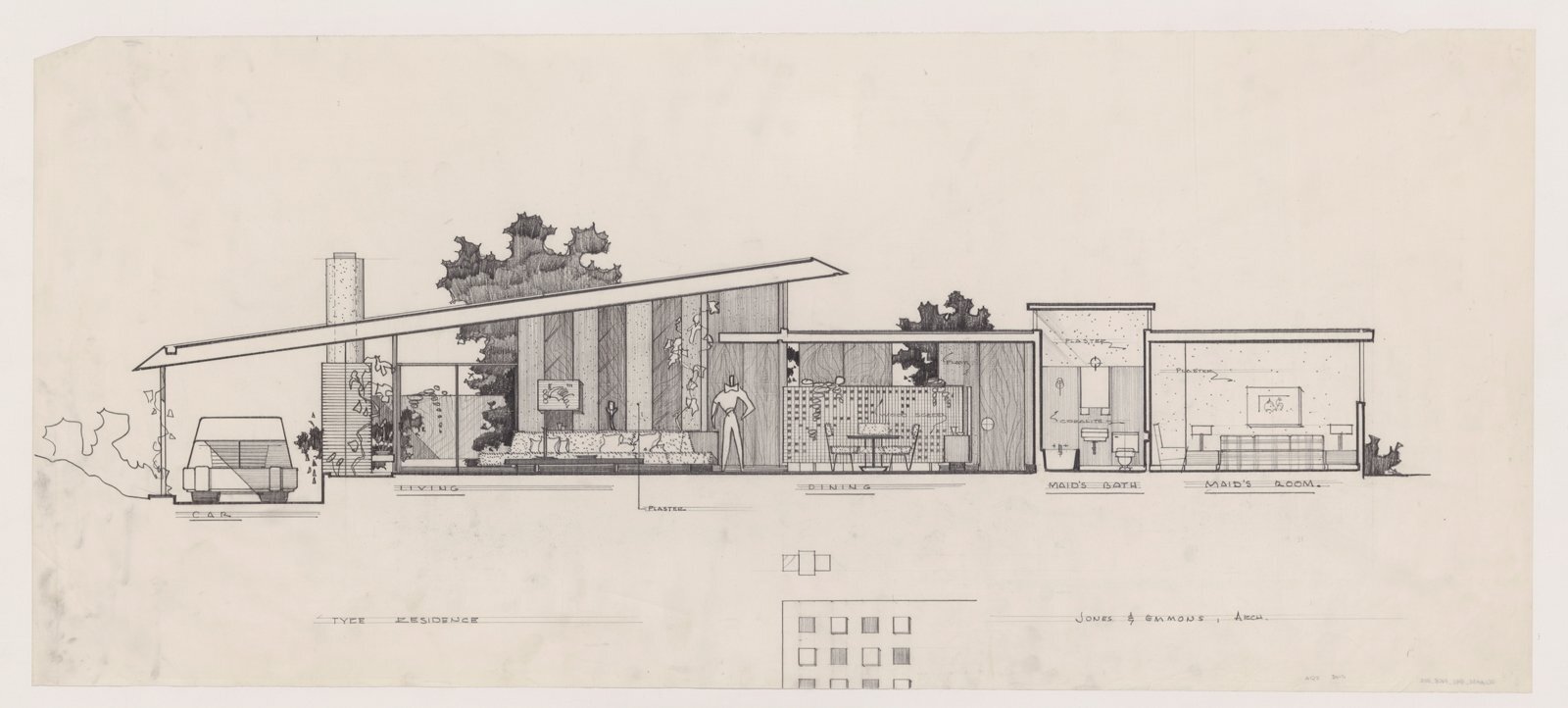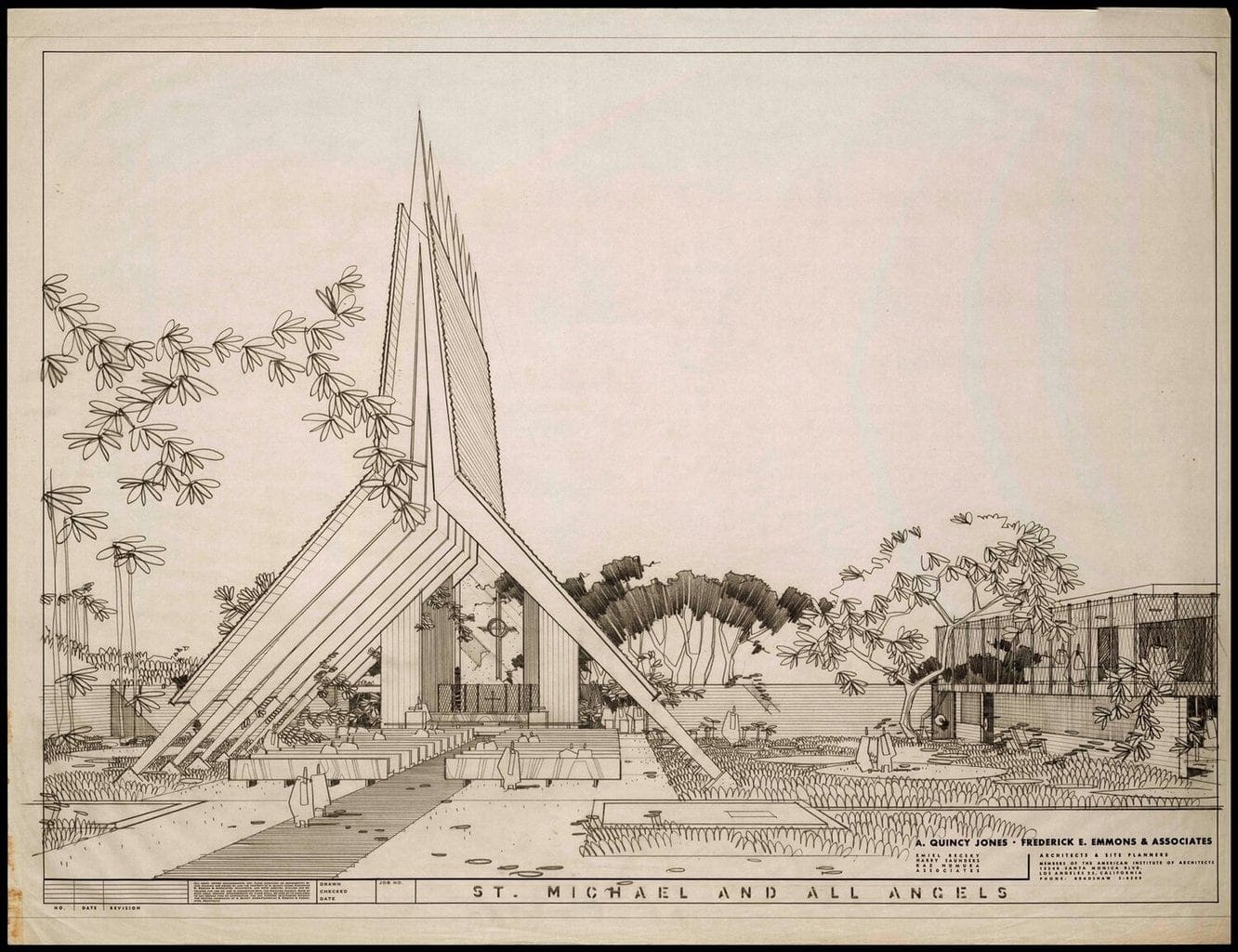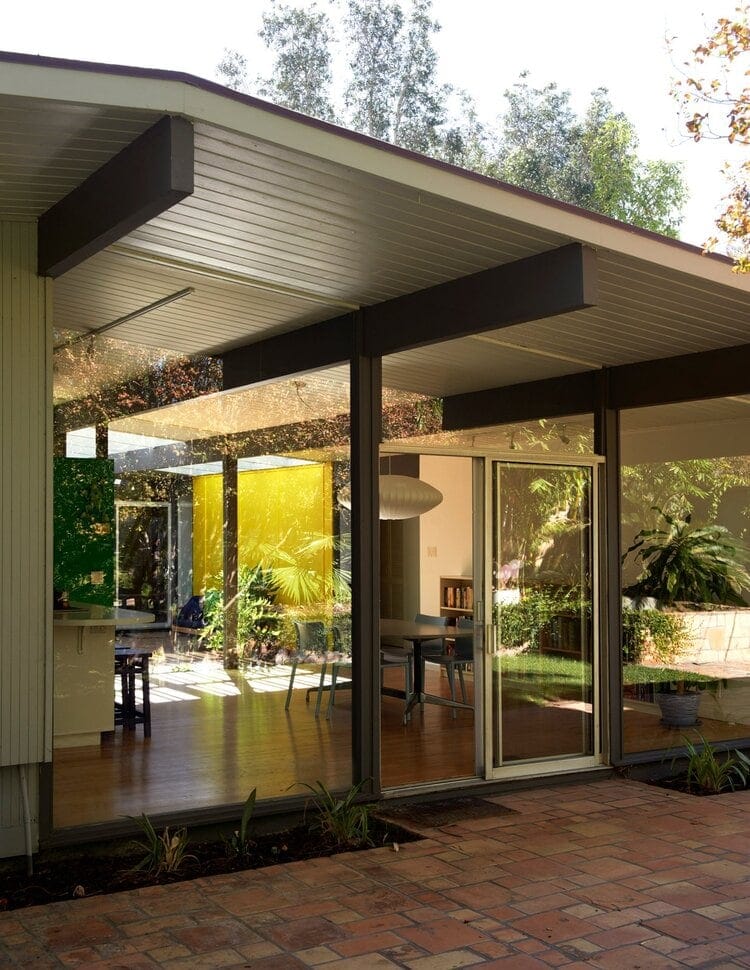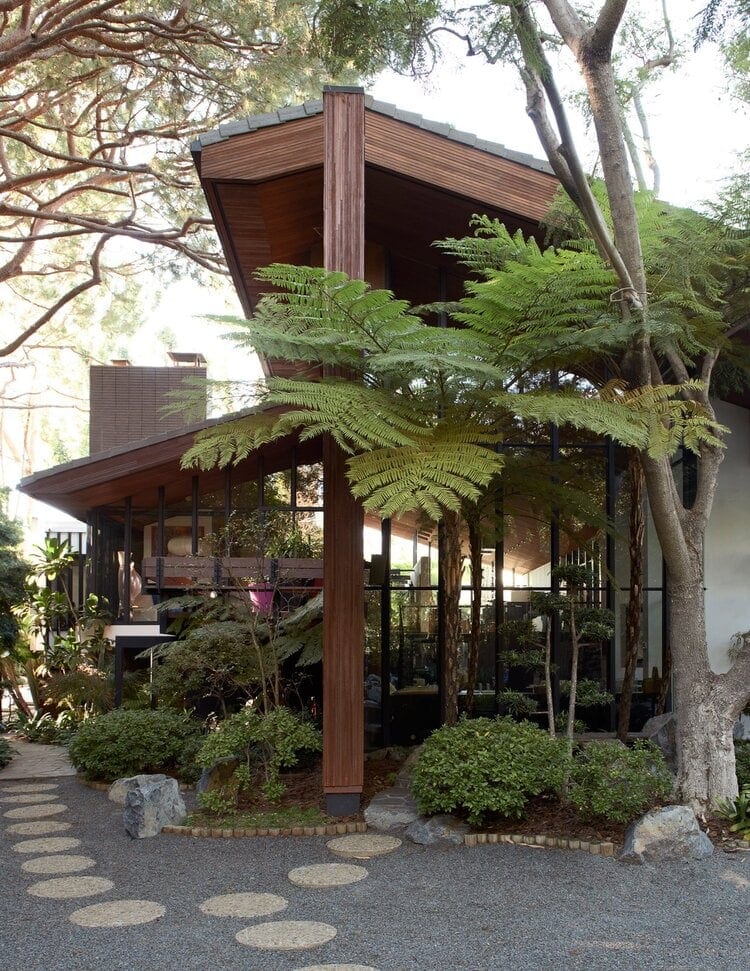This week, we’re featuring the post-war pioneer, A. Quincy Jones, who, along with Joseph Eichler, helped shape California’s middle-class suburbia.
Recently, thanks in part to the A. Quincy Jones: Building for a Better Living exhibit at the Hammer Museum in Los Angeles, he is finally getting the Richard Neutra-level of esteem and recognition that he deserves.
Raised in Southern California, and later Seattle, Jones would go on to receive his Bachelor of Architecture from the University of Washington in 1936. After marrying fellow architecture student, Ruth Schneider, Jones returned to Los Angeles where he initially worked for distinguished architect, Paul Revere Williams. In 1942, Jones was divorced, commissioned as a lieutenant commander in the United States Navy, and received his California architect certificate within a matter of months.
After being discharged from the Navy in 1945, Jones would return to Los Angeles to open his architectural office in Laurel Canyon in one of the buildings he built with his former wife. Years following World War II, Jones’ career would take off. It began with his expanded relationship and partnership with Paul R. Williams on several projects in the Palm Springs area. This included The Palm Springs Tennis Club, The Town and Country Restaurant, and the restaurant Romanoff’s on the Rocks. During this time, Jones also participated in John Entenza’s noted, “Case Study House” program which, in addition to himself, commissioned major architects of the day, including Richard Neutra, Raphael Soriano, Craig Ellwood, Charles and Ray Eames, Pierre Koenig, Eero Saarinen, Edward Killingsworth, and Ralph Rapson to design and build inexpensive and efficient model homes for the United States residential housing boom caused by the end of World War II and the return of millions of soldiers.
In December 1950, Architectural Forum featured an A. Quincy Jones designed home as it’s “Builder’s House of the Year.” That same issue awarded innovative Palo Alto developer Joseph Eichler, “Subdivision of the Year.” Eichler suggested to Jones that he Builder of the Year and the Architect of the Year join forces – which they did. The Eichler commission would prompt Jones into a partnership with architect Frederick Emmons. Together, they would design an estimated 5,000 Eichler homes. In 1969, they were awarded national AIA Firm of the Year. The relationship with Joseph Eichler would transform the landscape of California’s residential development and would continue until Eichler passed in 1974.
Jones transformed the California tract house from a stucco box to a meticulously designed structure integrated into the landscape and surrounded by greenbelts. In addition, he introduced new materials and popularized the informal, outdoor-oriented open plan that is considerably popular to this day.
Professionally, Jones’ attributions are best summarized by his ability to bridge the gap between custom-built and developer-built homes for the postwar middle-class family.
A. Quincy Jones was also a professor and later dean of architecture in the USC School of Architecture at the University of Southern California from 1951 until he passed in 1979.
Enjoy a preview of the A. Quincy Jones: Building for a Better Living exhibit courtesy of the Hammer Museum and Dwell Magazine.
